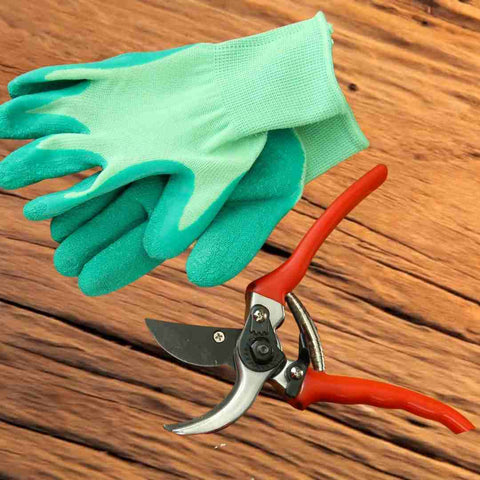- Best pruned in late winter or early spring before new growth begins.
- Remove dead or damaged wood and thin out crowded branches.
- Trim back excessively long stems to encourage branching.
- Summer-bearing varieties are typically pruned in late winter or early spring before new growth.
- Remove dead canes and thin out crowded or weak canes.
- Cut back lateral branches to encourage fruiting.
- Learn more here Pruning Raspberries
- Prune in late winter or early spring.
- Remove old, unproductive wood, and thin out crowded branches to improve air circulation.
- Trim back long shoots to encourage branching
- Prune in late winter when the tree is dormant, before bud break.
- Remove dead, diseased, or crossing branches.
- Thin out the center of the tree to improve air circulation.
- Shape the tree to an open centre or modified central leader structure
- Learn more here Pruning Apple Trees
- Prune sweet cherries in late winter or early spring.
- Remove dead or diseased wood and thin out branches to improve air circulation.
- Tart cherries are usually pruned in late winter as well.
- Learn more here Pruning Cherry Tree
What are the best tools for pruning?
Always use clean, sharp pruning tools, and make clean cuts to minimise the risk of disease and promote faster healing. After making larger cuts, especially on fruit trees, consider using a pruning sealant. This helps prevent disease entry and promotes faster healing. Especially importand - disinfect your tools between plants to prevent the spread of infections.
 How much should I prune off?
How much should I prune off?
Don't overprune in one session. If your fruit bush or tree has got out of hand then don't try and put it right in one year. Excessive cutting can stress the plant so focus on the most critical aspects of shaping and health and plan to come back the folowing year to continue the job.
Additionally, be aware that specific pruning techniques may vary based on the growth habit and variety of the fruit bush. Some may benefit from lighter pruning, while others may require more extensive shaping. It's a good idea to consult with local garden centre for guidance tailored to your specific climate and growing conditions.
 Protecting Fruit Trees and Bushes after pruning
Protecting Fruit Trees and Bushes after pruning
Frequently Asked Questions About Winter Pruning
Q1: Can I Prune Fruit Trees in Late Winter? Yes, late winter, before the active growing season begins, is an acceptable time for pruning. However, ensure you complete the process before new growth starts.
Q2: What Should I Do If I Prune Too Much? If you've accidentally pruned too much, don't panic. Many plants are resilient and can bounce back. Provide proper care, such as adequate watering and fertilization, to support recovery.
Q3: Can I Prune Young Fruit Trees? Yes, young fruit trees benefit from pruning to establish a strong framework. However, be mindful not to overprune, as they need some branches to support healthy growth.
Q4: Do I Need Special Tools for Winter Pruning? While not absolutely necessary, investing in quality pruning tools designed for the job can make the process smoother and more efficient. Clean, sharp tools contribute to the overall health of your plants.
For more information on the do's and don't of pruning trees check out this
The essential Guide to Winter Pruning for Trees
In conclusion, winter pruning is a vital practice for maintaining the health and vitality of your edible plants. Happy pruning, and may your garden bloom!

